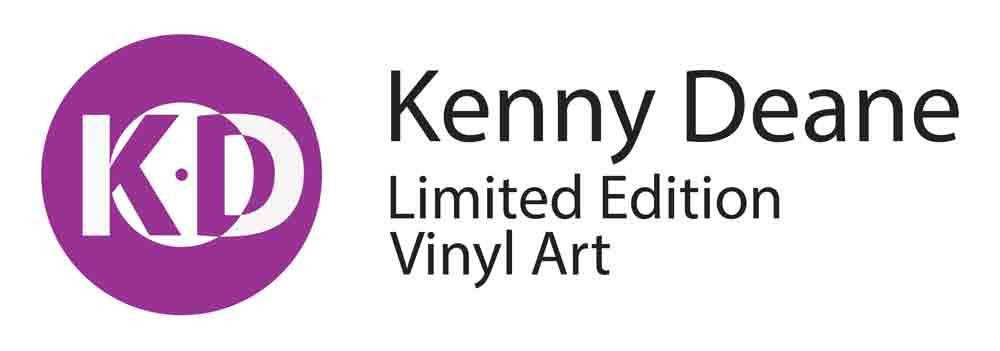Description
Additional information about this, Freddie Mercury vinyl art.
Freddie Mercury – The Artist
Freddie Mercury (born Farrokh Bulsara; 1946 – 1991) was a British singer and songwriter, who achieved worldwide fame as the lead vocalist of the rock band Queen. Regarded as one of the greatest singers in the history of rock music, he was known for his flamboyant stage persona and four-octave vocal range. Mercury defied the conventions of a rock frontman with his theatrical style, influencing the artistic direction of Queen. Having studied and written music for years, he formed Queen in 1970 with guitarist Brian May and drummer Roger Taylor. Mercury wrote numerous hits for Queen, including “Killer Queen”, “Bohemian Rhapsody”, “Somebody to Love”, “We Are the Champions”, “Don’t Stop Me Now” and “Crazy Little Thing Called Love”. His charismatic stage performances often saw him interact with the audience, as displayed at the 1985 Live Aid concert. He also led a solo career and was a producer and guest musician for other artists.
I Was Born to Love You – The Song
‘I Was Born to Love You’ is a 1985 song by Freddie Mercury that was released as a single from his first solo album, Mr. Bad Guy. After Mercury’s death, Queen re-worked this song for their album Made in Heaven in 1995, by having the other members play their instrumental parts over the original track, transforming the song from disco to rock. The Queen version from the Made in Heaven album also includes snippets of Mercury’s ad-lib vocals taken from “A Kind of Magic” and from “Living on My Own”.
The Stork – The Shape
This record has been modelled into a Stork carrying a heart in its bill. Storks have been associated with babies and birth for centuries. Many accounts trace the legend back to ancient Greek mythology. Storks are large, long-legged, long-necked wading birds with long, stout bills. They belong to the family called Ciconiidae, and make up the order Ciconiiformes. Storks dwell in many regions and tend to live in drier habitats than the closely related herons, spoonbills and ibises; they also lack the powder down that those groups use to clean off fish slime. Bill-clattering is an important mode of communication at the nest. Many species are migratory. Most storks eat frogs, fish, insects, earthworms, small birds and small mammals. There are 19 living species of storks in six genera.
Need Help? Contact Us













Reviews
There are no reviews yet.